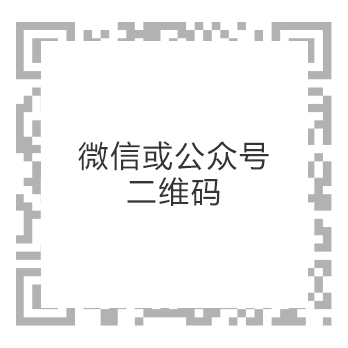Magical directional reflective material
Usually, traffic signs are painted, and under the illumination of car lights, the maximum visible distance at night does not exceed 100 meters. To see the pattern of traffic signs clearly, it needs to be within 50 meters. For cars with a speed of over 120 kilometers per hour today, it only takes two to three seconds for them to flash by, making it easy for drivers to overlook it and even if they see it, they may not have time to take measures, leading to serious accidents. So, for a long time, someone has been dedicated to the research of efficient reflective materials in order to manufacture traffic signs that meet modern traffic requirements.
The key to improving the visibility distance of traffic signs is to improve the performance of the reflected light on the signs. If the headlights of the car can be illuminated from which direction, the light will be reflected back from which direction, and the driver can detect the signs early. After long-term efforts by many researchers, a directional reflective material has finally been developed. The microstructure of this material consists of optical units with high refractive index glass beads as the core, which are laid flat on a mirror reflective film with a diameter of approximately 0.05 millimeters. When light shines on this reflective film, the light emitted by humans enters the glass bead and undergoes refraction. When it reaches the mirror reflection layer at the bottom of the sphere, it undergoes reflection, and then refracts through the glass sphere and returns in the direction of the light emitted by humans, forming a regression oriented reflection. No matter from which direction (not exceeding 60 degrees) the light is projected onto the reflective film, it has this reflective characteristic. Looking at the reflective film from the direction of illumination, it emits light like a light source. This is the magic of moving towards reflective materials. If various signs are made of this material, when illuminated by light, a bright sign image will be displayed in the direction of human light, which is hundreds or even a thousand times higher than white paint. In general, car drivers use headlights as light sources and can see the reflection of reflective materials at a distance of 1000 meters; The pattern can be clearly seen at a distance of 400 meters; Even when driving on highways, drivers have more than ten seconds to make judgments and take measures, greatly reducing accidents caused by misidentification of signs.
Due to the excellent reflective performance of reflective materials, they quickly gained widespread use in many fields. For example, making vehicle license plates, markings at bridges and tunnel entrances, and sometimes pasting them on bumpy mountain road stakes, or serving as boundary markers for fast and slow lanes. Now, the International Maritime Life Saving Organization has stipulated that reflective markings should be affixed to lifebuoys, life jackets, life rafts and other marine life saving equipment to facilitate timely detection of targets during night rescue. Practice has proven that this method is indeed very effective. For example, by sticking a 30 centimeter long and 5 centimeter wide reflective film on a life raft, a regular navigation search light can detect targets at a distance of 450 meters on the deep sea at night. Reflective raincoats, umbrellas, and clothing accessories made of directional reflective fabrics can greatly reduce pedestrian traffic accidents at night. Reflective fabrics can also be made into directional reflective screens, which have a very bright image and can even be projected outdoors during the day without direct sunlight. Recently, some people have introduced reflective materials into the field of art creation, creating promotional billboards, assembling various patterns, and creating a unique reflective painting. The wonderful effects of this painting in terms of color and light and dark tones are incomparable to any other painting, giving people a special sense of beauty!


